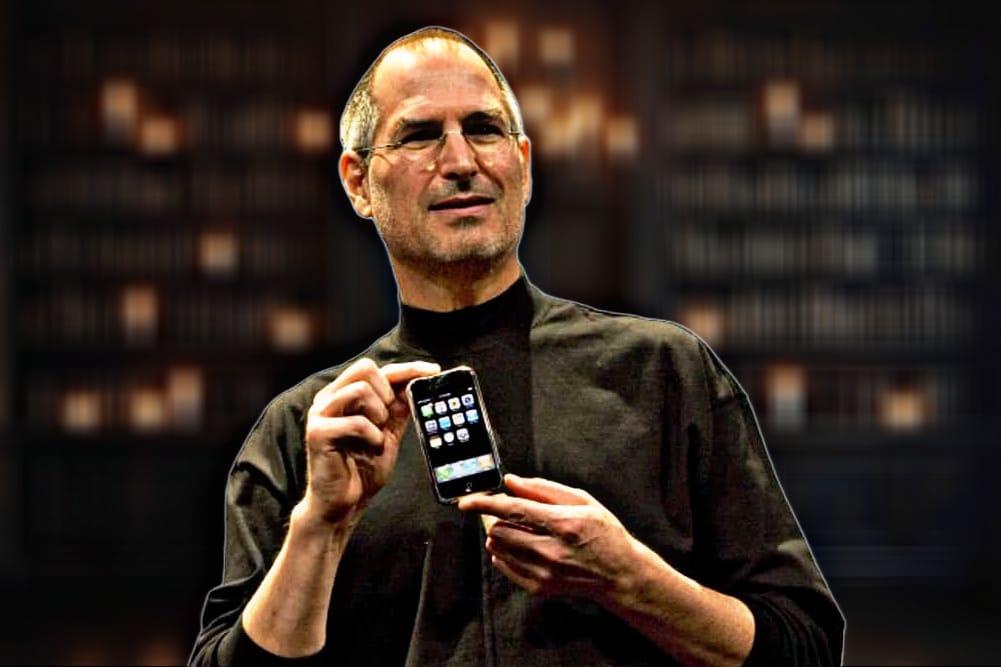Steve Jobs, the co-founder of Apple Inc., was one of the most influential and visionary entrepreneurs of the 20th and 21st centuries. His life’s work transformed not only the tech industry but also the way we interact with technology in our everyday lives. Jobs is credited with creating some of the most iconic products of modern times, including the iPhone, iPad, iPod, and MacBook. He was a master of design, innovation, and brand creation, and his approach to business and product development remains a model for entrepreneurs worldwide.
In this article, we will explore Steve Jobs’s life, his rise to success, the formation and evolution of Apple, his management style, and his lasting legacy. We will also examine how Jobs’s work has shaped modern technology and the tech industry, as well as how his personal values and vision continue to influence Apple today.
Early Life and Education
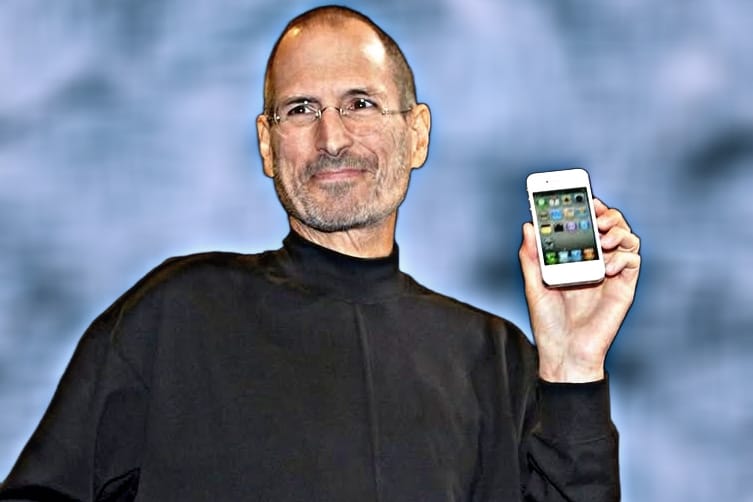
Steve Jobs was born on February 24, 1955, in San Francisco, California. His biological parents, Joanne Simpson and Abdulfattah Jandali, gave him up for adoption shortly after his birth. He was adopted by Paul and Clara Jobs, who raised him in Cupertino, California, near Silicon Valley—a place that would later become the epicenter of his career and the tech industry.
Steve Jobs childhood was marked by curiosity and an early interest in electronics. His father, Paul, was a machinist, and he taught Jobs to work with his hands and take things apart to see how they worked. This hands-on education laid the foundation for Jobs’s future passion for design and engineering. Steve Jobs also attended Homestead High School in Cupertino, where he began to develop his interest in technology and computers.
After graduating from high school, Steve Jobs enrolled at Reed College in Portland, Oregon, in 1972. However, he dropped out after just one semester, citing the high cost of tuition and his uncertainty about his academic future. Though he left college, Steve Jobs continued to audit classes that interested him, such as calligraphy, which later influenced the design of Apple products.
Steve Jobs time at Reed College was brief, but it marked the beginning of his journey toward building one of the most influential companies in the world.
The Birth of Apple: Founding the Company
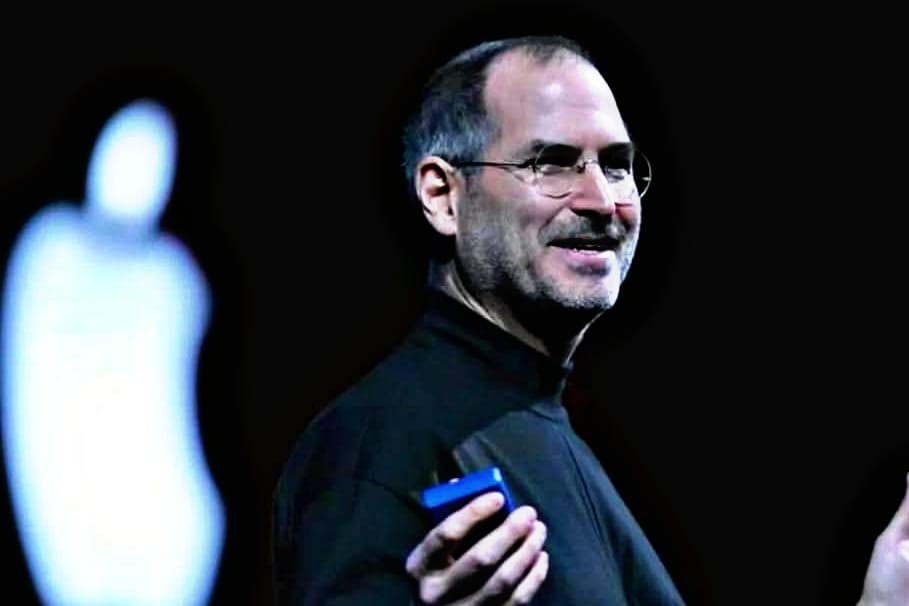
In 1976, Steve Jobs co-founded Apple Computer with his friend and fellow tech enthusiast, Steve Wozniak, in the garage of his parents’ home in Cupertino. The duo was driven by a vision to create personal computers that would be accessible to individuals and small businesses. Their first product, the Apple I, was a basic personal computer built by Wozniak. Steve Jobs played a key role in the marketing and sales of the product, successfully pitching it to local computer retailers.
The Apple I was followed by the Apple II, which was introduced in 1977 and became a breakthrough success. The Apple II was one of the first pre-assembled personal computers, and its ease of use and graphical capabilities made it highly popular in the education and business sectors. This marked the beginning of Apple’s dominance in the personal computing market.
Apple’s success grew rapidly, and the company went public in 1980, making Steve Jobs a millionaire at the age of 25. By the early 1980s, Apple had become a major player in the personal computer industry, but Steve Jobs ambitious vision was far from complete. He wanted to create a more user-friendly and aesthetically pleasing computer that could compete with IBM and Microsoft, which dominated the industry at the time.
The Macintosh: A New Era in Personal Computing
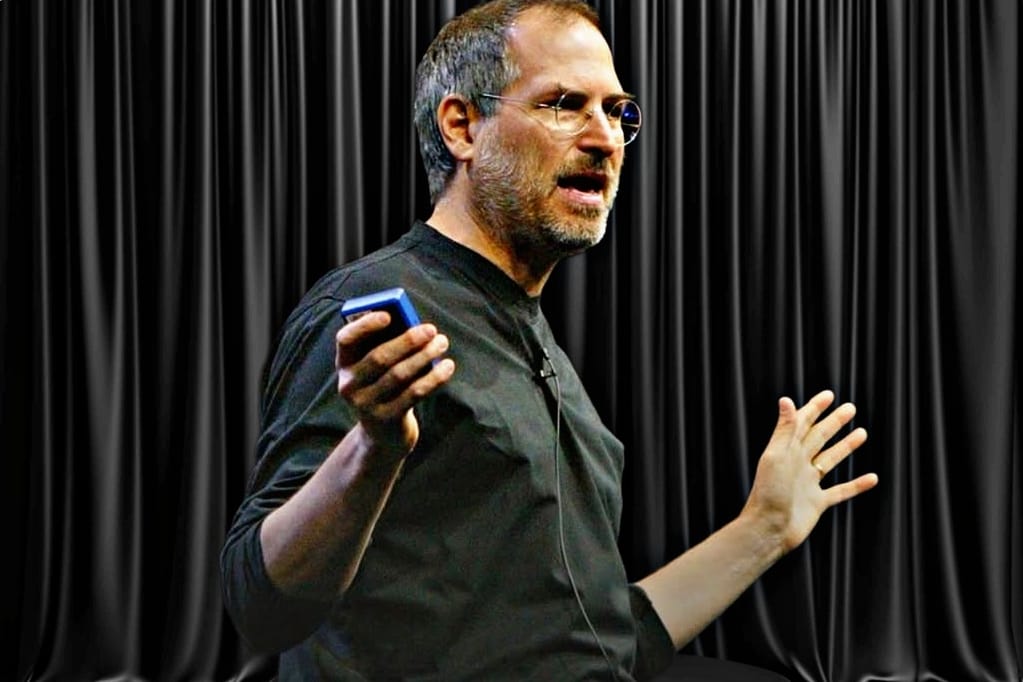
In 1984, Steve Jobs introduced the Macintosh, a revolutionary personal computer that featured a graphical user interface (GUI) and a mouse—features that were groundbreaking at the time. The Macintosh was designed to be more intuitive and accessible than the command-line computers that were common at the time. Steve Jobs vision for the Macintosh was not just to build a computer but to create an experience that would change the way people interacted with technology.
The launch of the Macintosh was accompanied by one of the most famous ads in advertising history: “1984”, directed by Ridley Scott, which portrayed the personal computer as a tool of liberation against the conformity of the tech industry. While the ad was highly effective in generating buzz, the Macintosh itself initially struggled to gain traction. The computer was more expensive than its competitors, and the software ecosystem for the Mac was still in its infancy.
Despite the challenges, the Macintosh laid the groundwork for Apple’s future in design and innovation. It set the stage for the company’s long-standing commitment to creating user-friendly, beautifully designed products.
Apple’s Decline and Steve Jobs Departure
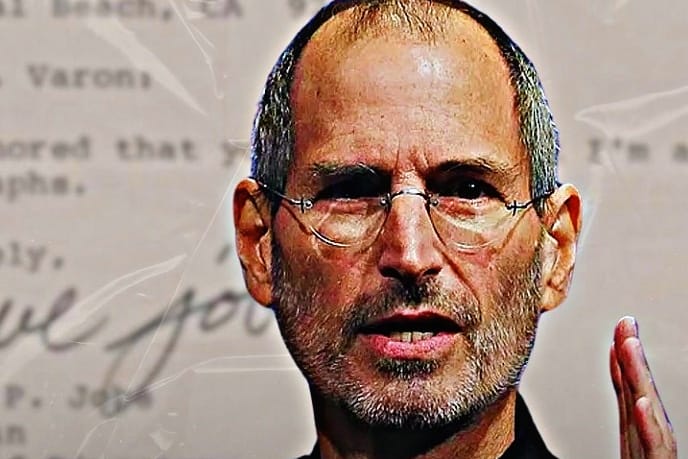
Despite the success of the Macintosh, Apple’s growth began to slow during the mid-1980s. Tensions rose between Steve Jobs and John Sculley, the CEO of Apple, whom Jobs had recruited from PepsiCo. Sculley and Jobs clashed over the direction of the company, particularly in terms of product strategy and management style. In 1985, Jobs was forced out of the company he had founded, a move that shocked the tech world and left Jobs devastated.
After leaving Apple, Jobs founded NeXT, a computer company aimed at the high-end market. NeXT focused on creating powerful workstations for universities and research institutions, using cutting-edge hardware and software. Although NeXT never achieved widespread commercial success, it was an important stepping stone in Jobs’s development as a visionary entrepreneur. It also allowed him to experiment with new ideas in design and technology, which he would later bring back to Apple.
In 1986, Steve Jobs also acquired Pixar, a small animation company that would go on to revolutionize the film industry. Under Jobs’s leadership, Pixar produced the world’s first computer-animated feature film, Toy Story, in 1995. The success of Toy Story and subsequent films solidified Pixar’s position as a leader in animation, and Jobs eventually sold Pixar to The Walt Disney Company in 2006 for $7.4 billion. This made Jobs Disney’s largest individual shareholder.
Steve Jobs Return to Apple: A New Era of Innovation
In 1996, Apple was in trouble. The company was struggling financially, its market share was shrinking, and it had lost its way in terms of innovation. In a dramatic turn of events, Apple acquired NeXT in 1997 for $429 million, bringing Jobs back into the fold. Jobs took over as interim CEO and quickly began to transform the company. He streamlined the product line, focusing on a smaller range of high-quality products, and reintroduced his signature emphasis on design and user experience.
Under Steve Jobs leadership, Apple introduced a series of groundbreaking products that would redefine the tech industry:
- The iMac (1998): The iMac was a colorful and innovative all-in-one desktop computer that featured a sleek, translucent design. The iMac was a commercial success and helped to reinvigorate Apple’s fortunes. It also marked the beginning of Apple’s focus on combining cutting-edge technology with exceptional design.
- The iPod (2001): The iPod was a portable music player that revolutionized the music industry. Jobs’s vision was to create a device that could hold a person’s entire music library in their pocket, and the iPod’s seamless integration with iTunes (which Apple launched alongside the device) changed how people bought, stored, and listened to music. The iPod became a cultural phenomenon and solidified Apple’s place as an industry leader.
- The iPhone (2007): Perhaps the most iconic product of Jobs’s career, the iPhone was introduced in 2007 and changed the world. Combining a phone, an iPod, and a computer into one device, the iPhone created the smartphone market as we know it today. The iPhone was revolutionary not only because of its hardware but also because of its software, the iOS operating system, which allowed developers to create thousands of apps for the device. The iPhone became a global success, and Apple quickly became one of the most valuable companies in the world.
- The iPad (2010): The iPad was Jobs’s vision of a device that could fill the gap between a smartphone and a laptop. The iPad introduced the concept of tablet computing to the masses and further expanded Apple’s dominance in the consumer tech market.
Steve Jobs return to Apple marked the beginning of a new era of innovation for the company. Under his leadership, Apple became the world’s most valuable company, and its products became synonymous with quality, design, and innovation.
Steve Jobs’s Leadership Style and Legacy
Steve Jobs was known for his perfectionism, his attention to detail, and his unrelenting drive to make Apple products as perfect as possible. His leadership style was often described as demanding, and he was known for pushing his employees to their limits. However, Steve Jobs vision and passion for design were infectious, and his ability to inspire and motivate those around him was one of his greatest strengths.
Steve Jobs believed that technology should be intuitive and easy to use, and he was a master at simplifying complex systems to create products that were both functional and beautiful. His focus on design and user experience has had a lasting impact on the tech industry, and Apple’s design philosophy continues to influence product development today.
Steve Jobs also had an uncanny ability to anticipate consumer needs and create products that people didn’t even know they wanted. He was a visionary in the truest sense, able to see possibilities that others couldn’t. His work has shaped the modern tech landscape in profound ways, and his influence can be seen in everything from smartphones and tablets to software and user interfaces.
The End of an Era: Steve Jobs Death and Apple’s Continued Success
Steve Jobs’s health began to decline in the mid-2000s due to a rare form of pancreatic cancer. Despite his illness, Jobs continued to lead Apple, remaining involved in product development and decision-making. In 2011, Jobs resigned as CEO of Apple, naming Tim Cook as his successor. Jobs passed away on October 5, 2011, at the age of 56.
His death marked the end of an era for Apple, but the company Jobs built continues to thrive. Under Tim Cook’s leadership, Apple has remained one of the world’s most valuable companies, and it has continued to innovate with new products like the Apple Watch, AirPods, and new generations of the iPhone and iPad.
Conclusion: Steve Jobs Enduring Legacy
Steve Jobs’s impact on the tech industry, business, and the world cannot be overstated. Through his relentless pursuit of innovation, his emphasis on design, and his ability to create products that people loved, Steve Jobs transformed Apple into one of the most iconic companies in the world. His visionary thinking not only revolutionized the personal computer and mobile phone industries but also redefined how we interact with technology in our daily lives.

